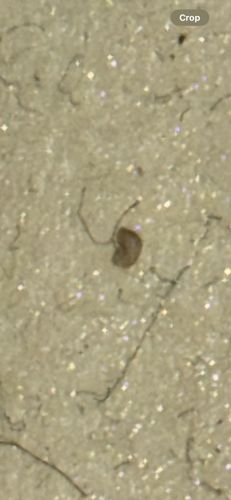Booklouse
Scientific Name: Psocoptera (various genera, e.g., Liposcelis, Trogium)
Order & Family: Psocoptera (Booklice and Barklice)
Size: 0.5 to 2 mm in length

Natural Habitat
Indoor environments (paper, books, stored foods, damp areas), outdoor environments (bark, leaf litter)
Diet & Feeding
Starch-based materials like book bindings, paper, grains, mold, fungi, and other microscopic organic matter. They graze on surfaces.
Behavior Patterns
Nocturnal; prefer dark, damp, and undisturbed areas. They are usually found in large numbers when conditions are favorable. They are not social insects, but are often found in aggregations where food and moisture are abundant. Their life cycle is relatively short, and they can reproduce quickly.
Risks & Benefits
Potential risks include damage to books, paper, and stored food products. They are generally harmless to humans and do not bite or transmit diseases. Benefits include their role as decomposers in natural environments, helping to break down organic matter.
Identified on: 9/4/2025